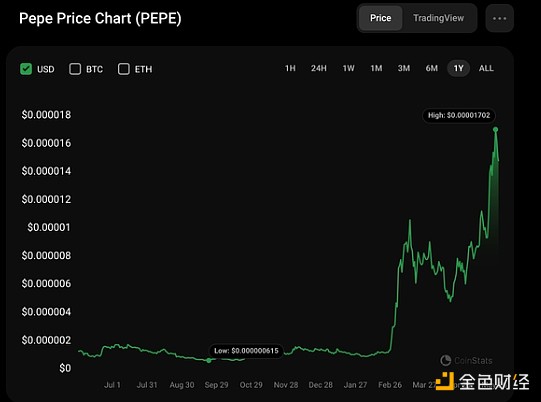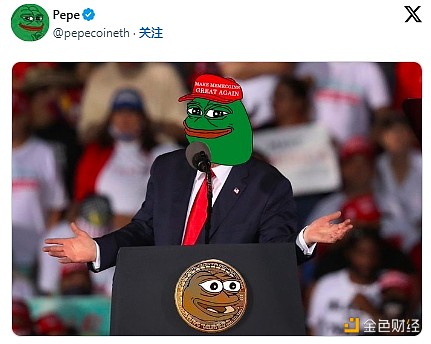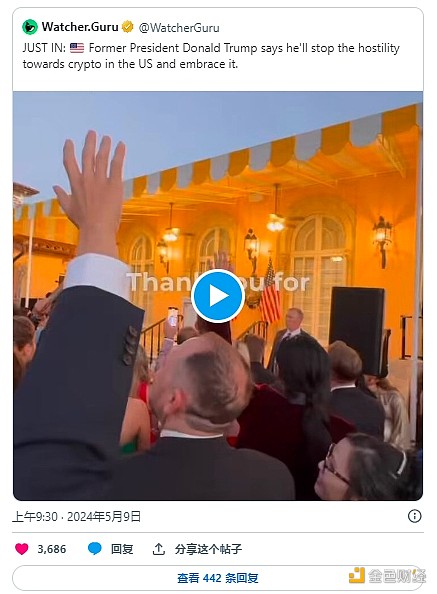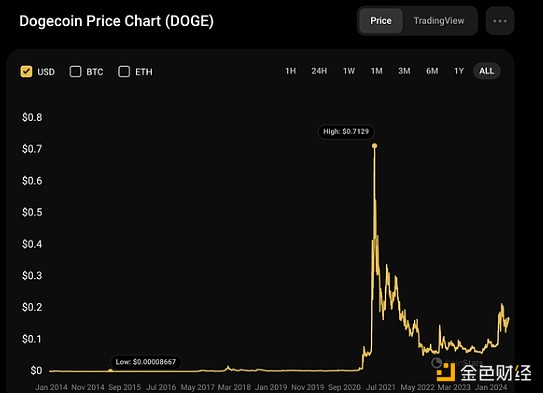Author: David C, Bankless; Translator: Baishui, Golden Finance
Up more than 100% this month and more than 1,100% year-to-date, PEPE has soared to the position of the third-largest memecoin with a market cap of $6.2 billion.
Since its launch in April 2023, the infamous frog has had a significant impact on the Ethereum memecoin ecosystem and has become one of the games with the highest consensus in this cycle so far.
In this article, let’s take a look at PEPE’s initial development, and then dive into its recent rise and related issues.

The History of PEPE
Last April, PEPE debuted with the mission of replacing DOGE, and its token supply peaked at 420.69T.
PEPE is one of the most famous emoticons on the Internet, and its rise can first be traced back to cultural significance.Although originally a non-political character created by cartoonist Matt Furie, Pepe was chosen as a right-wing emoticon that showcases the dark side of Internet culture. Fast forward nearly a decade, and Pepe the Frog has largely faded from controversy, remaining a fixture on crypto Twitter.
Meanwhile, PEPE has long claimed explicit ties to MAGA culture, which the PEPE team frequently references on social media and on its website. As Republican presidential candidate Donald Trump has recently sought to align himself with the cryptosphere through dedicated events and policy promises, the PEPE team has attempted to turn this development into narrative momentum for the token’s growth.


Perhaps more important to this recent surge is the very important political development of the Ethereum ETF approval, which boosted the trend of related blockchains and tokens. As the standout memecoin in the ETH cycle, PEPE continues to win big.
Many questioned whether PEPE could surpass its previous heights.
In early May 2023, it had reached a market cap of $1.5 billion. By August 24, 2023, one of the team’s multi-signature wallets accidentally transferred 16 trillion PEPE tokens to exchanges, spooking holders and leading to a sell-off. Initially attributed to a hack, PEPE’s Twitter revealed that the change was due to internal turmoil within the team, not theft. The token suffered this effect for the rest of the year until it began to rise again in February.
With its recent surge, the token has climbed to the top of the memecoin, with a current market cap of over $6 billion.
Just as a rising Dogecoin boosts all puppy-like tokens, PEPE’s surge has boosted a range of Pepe-related competitors.
While most derivatives petered out, some stood out, such as APU, a community token that has withstood the test of developers and now has a market cap of $215 million.
Perhaps more interesting is competitor PepeCoin, which predates PEPE, launching as a custom L1 blockchain in March 2016 and migrating to ETH in April 2023. Unlike PEPE, PepeCoin aims to build a nascent tech ecosystem with dApps like Pepe Paint (an MS-Paint-style NFT creator) and Pepe Messenger (a wallet-to-wallet messenger).
PEPE’s continued growth is a testament to the power of memecoins in this recent cycle, and the continued strength of ETH-based assets.
This cycle has seen multiple waves of memecoin activity, but the most high-profile wins have often been Solana-based tokens like WIF or BONK. The appeal of ETH L2-based memecoins has drawn attention to the memecoin space on networks like Base, but amid all that traction, it’s still hard to compete with L1.
The Future of PEPE
PEPE’s rise has been one of dramatic highs and difficult lows.
From a meme coin with no utility to… still a meme coin with no utility, but now also a top 20 coin, PEPE’s cultural significance, political relevance, and title as an Ethereum meme have solidified it as not only the leading meme coin, but the leading coin of this cycle.
However, as we have seen time and again, there are few coins in crypto that only go up and never down, even a leading meme like DOGE, which fell from a high of $75.26 billion in market cap to $7 billion in the last cycle.

Given PEPE’s current size, it may be difficult to achieve “incredible” returns from now on. While derivatives may offer higher room for growth, they also carry higher risks due to their lower market cap.
While its biggest gains may be behind it, its size, increasing activity, and strong consensus status make it wise for investors to think twice before staying away from this frog.

 JinseFinance
JinseFinance
 JinseFinance
JinseFinance JinseFinance
JinseFinance JinseFinance
JinseFinance JinseFinance
JinseFinance JinseFinance
JinseFinance JinseFinance
JinseFinance JinseFinance
JinseFinance Bitcoinist
Bitcoinist Cointelegraph
Cointelegraph Cointelegraph
Cointelegraph